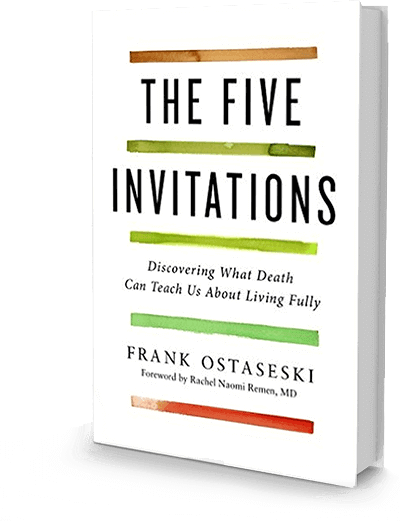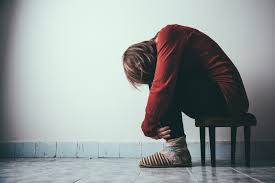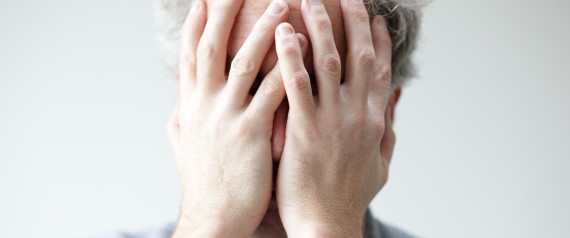 Suicide is a dirty word, mired in judgment, shame, and taboo. It is often whispered or, even, denied (“Oh, he died of heart attack.”) or avoided (“She died suddenly.”).
Suicide is a dirty word, mired in judgment, shame, and taboo. It is often whispered or, even, denied (“Oh, he died of heart attack.”) or avoided (“She died suddenly.”).
Given the staggering statistics, isn’t it time we take suicide out of the closet and bring it into the light? Isn’t it time we begin the conversation so we can help one another and find solutions to help alleviate the enormous amount of pain circling our planet?
The first step is to understand suicide. This helps make sense of the unknown and feared, the tainted and tabooed. As a former suicide hot-line responder and a practicing psychotherapist who has worked with suicidal clients for 30+ years, here are 12 considerations I wish everyone understood about suicide:
1. Suicide is universal.
Suicide is not a foreign concept. Each and every one of us know someone, or know someone who knows someone, who has considered or acted upon suicide. Further, most everyone would allow when in a dark, despairing place that the thought of ending all of their pain — even in the most fleeting of abstract ways – has crossed their mind.
2. Suicidality is a global epidemic.
From young to old and across every socio-economic strata, suicide reaches every nook and cranny of our planet. According to the World Health Organization, globally, there is, on average, one suicide every 40 seconds.
And, the number of suicide attempts is astonishingly higher. The National Research Foundation reports that the number of suicide attempts can be 20x greater than the deaths by suicide.
3. Why do people choose suicide?
Generally speaking, suicide happens because at that moment in time — and with the likely impact of extreme emotional pain, haywire neurochemistry, constricted thinking, trauma, dire circumstances, and/or the influence of substances — it felt like the only response to end the agony of their life.
4. Suicide has many faces.
Suicide can be a tipping point of pain or shame; a plea for help; a response to mental illness and biological vulnerabilities; the last gasp of despair and resignation; a consequence of hopelessness and isolation; an impulsive mistake; a conscious ending of life; the ultimate act of rage and fury; the result of unabated terror; a response to abandonment; the repercussion of accumulated stressors; as well as collateral damage from violence, addiction, and trauma.
5. Depression is the strongest risk factor for suicide.
And this makes sense. Deep, intractable, dark-holed depression offers no options or possibilities. It is a tight, cramped, airless space. Individuals feel stuck, profoundly tired, deeply detached and disconnected. They hurt all over. Nothing makes sense. Their thinking is binary and boxed. And they feel utterly despondent and despairing. There is no sense of self. There is overriding pain which is often expressed as “There is no point. Why should I live?”
6. Survivors of a suicidal loss are at risk for suicide themselves.
Death becomes tainted and shame-faced when described as a suicide. Suicidal grief is complicated. There are so many mixed emotions (i.e., guilt, anger, heartbreak, confusion, to name a few) that are left in its wake.
Suicidal loss is also traumatic and leaves survivors reeling after the sudden death. They may have witnessed the suicidal act, discovered the aftermath, and/or repeatedly envision the specifics. And as with all grief and trauma, each experience opens the door to the memory of other experience of loss and trauma.
Further, since the taboo of suicide has been broken and the threshold crossed, a surviving loved one may choose to end their own pain in the same fashion.
7. The majority of people do not leave suicide notes.
When people who attempted suicide were asked why they left no note, they allowed that they were unable to find the right words and felt guilty; were preoccupied with preparing for their exit; felt no once would really care; felt no note was necessary; were too tired and they wanted their family to forget them as soon as possible.
8. Please don’t say “committed suicide.”
In the Western world, suicide (not assisted suicide) has been decriminalized. It is no longer accurate – and considered insensitive by many – to say “committed suicide.” Instead, you might try “died by suicide.”
9. Suicide is not an act of cowardice.
Imagine if I were to put a pillow over your face, wouldn’t you try to stop me? Our instincts are to fight for life. Suicide happens for a lot of reasons. Cowardice is not one of them. Pain – physical, mental, psychological – is the predominant catalyst.
10. Listen if someone talks about being suicidal or makes off-hand threats about suicide, death or dying.
These are warning signs. Suicidal people may express their suicidal feelings before they act as a way of seeking help or connection. Please do not argue, lie, cajole, shame or bully. Do not dismiss or ignore their expressions of pain and despair. Simply listen with an open, non-judging heart. Allow them to air out their dark thoughts and feelings. Fully listening to someone and knowing you are being heard is an enormous, healing gift.
11. If a loved one is on the verge of taking suicidal action, trust your good instincts and act quickly:
a) Establish physical safety.
b) Have compassion and create a connection.
c) Insert a pause to stop the momentum and expand the circle of help with possibilities and resources.
a. Call the 24 hour, toll-free hotline at 1-800-273-TALK (8255) (English and Spanish).
b. Text the crisis text line 741-741.
c. Find online support groups; 24 hour teen crisis lines, and specialized veterans services.
d. Get professional help.
e. Go to the Emergency Room of your local hospital.
12. Ultimately, suicide is a lesson of compassion.
Suicide teaches us to release judgment, extend a helping hand, and remember we are all connected in our humanity. You know the saying, “There, but for the grace of God, go I.” Compassion, not judgment, is the only response to suicide.







